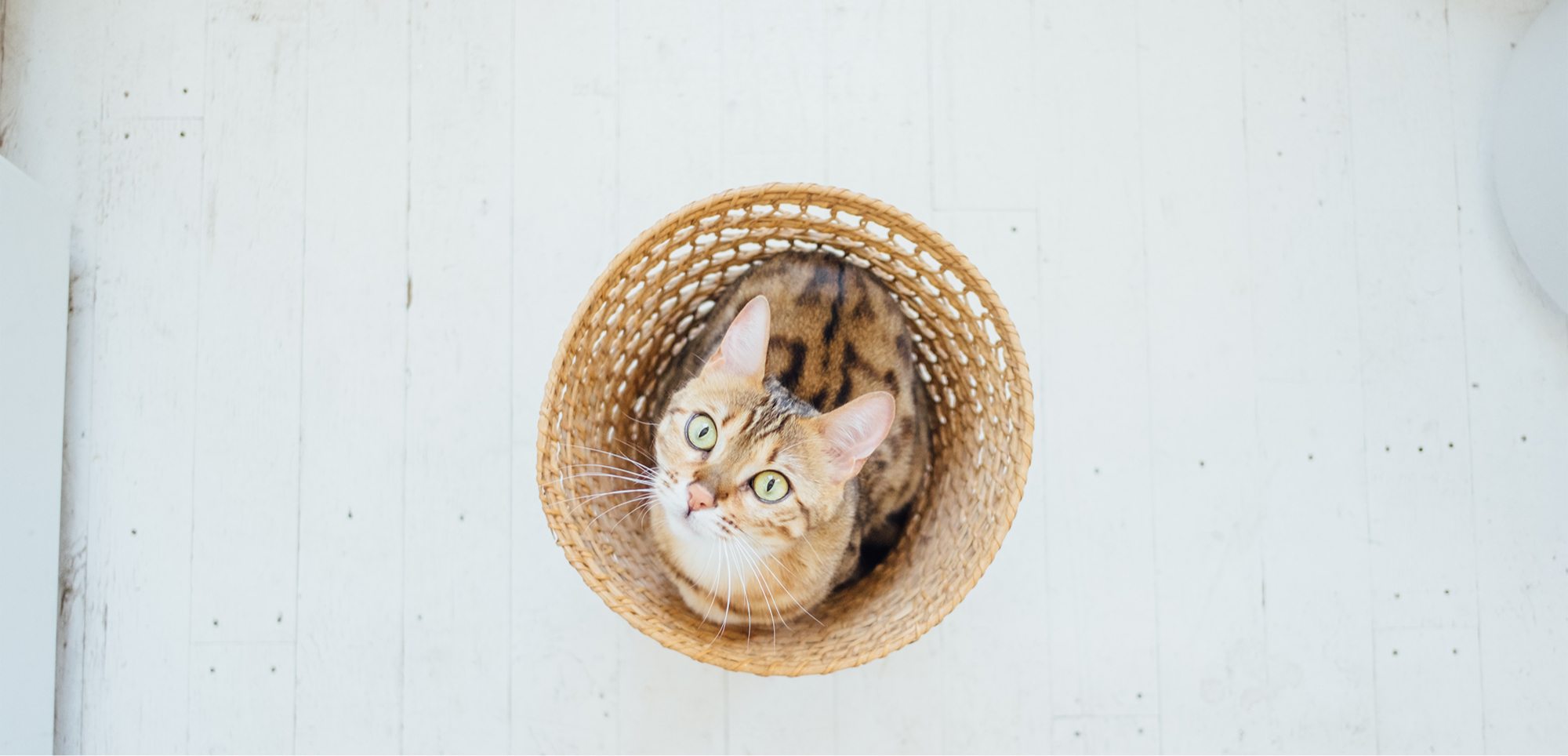The right environment for your horse
Your horse’s environment must haves
Allow grazing on fresh pasture
- Move your horse between paddocks to maintain the quality of the pasture.
- It is important to remove dung from pasture, as horses will not eat pasture contaminated with horse dung

Be spacious to allow the opportunity to canter or gallop
- Confining a horse to a stable for long periods can cause your horse to become ill or behave abnormally.
- Horses in stables are more likely to be exposed to germs, toxic dust and fumes as well as being bored.
Secure and safe
The environment must be free of hazards (e.g. toxic paint on fences) and toxic plants.
Fencing:
- Must be suitable to contain your horse safely and without the potential for injury.
- Suitable fences can vary depend on breed, age, sex, and temperament of the horse as well as paddock size and number of horses.
- Fences must be visible to the horse and well maintained. It is not recommended to introduce your horse to a new paddock in the dark.
- Yards and pens should not be constructed with electrified tape or wire as the sole barrier if horses are to be left unsupervised
- Barbed wire and high-tensile steel should not be used for fencing horses.
- If electric fences are being used, horses should be supervised until they are familiar with the boundaries of the paddock.
Have sufficient shelter with dry areas to stand or lie down on
- Horses must have protection from extreme temperatures and weather.
- Certain breeds may have thinner coats and skin, and require additional shelter (e.g. Thoroughbreds and Standard-breds)
- Multiple horses will need multiple sheltered areas.
- Provide shelter by using the environment (e.g. trees, hedges) or creating artificial shelter (e.g. shade cloths, stables).
- Horses confined to small areas (e.g. yards) are more susceptible to temperature and weather extremes as they are not able to move freely.
- Horse covers (rugs) can be worn, but these are not a replacement for shelter
- Ensure horse covers are appropriate for weather conditions, fitted correctly and inspected regularly.
Allow for social interaction with other horses
- Horses are extremely social and form hierarchies when living in herds.
- When introducing new horses you will need to consider whether the horses are compatible (in temperament, size, breed etc.) as well as whether the environment allows for multiple horses to co-exist.
- Introduce gradually and monitor their behaviour carefully for aggression (e.g. hair loss, harassment or fighting, pacing along the fence line or isolation).
- Paddocks with lots of space, broken contours, and natural cover will help reduce stress.
- Keep compatible horses together in paddocks with sufficient space to get away or avoid being cornered.
- If housing horses together is not an option, horses should be able to see (or hear) other horses.
- Stables should be designed so that neighbouring horses can see and interact. Incompatible horses should not be stabled together, or put in the same paddock.
- Horses housed alone may experience stress and abnormal behaviour.
- Owners must have the ability to separate sick or injured horses for treatment.
If housing your horse in a stable, loose box or stall
- Stalls must be sheltered, well bedded, cleaned regularly, and allow constant access to food and water.
- Your horse must be prevented from causing injury to themselves or other animals.
- Your horse must be able to lie down, get up, and turn around comfortably
- Housing should have good ventilation but free of draughts.
- Lighting (natural or artificial) must be provided during daylight hours
- The floor should be non-slip and flat with good drainage
- Bedding must be dry and comfortable
- Excrement must be removed daily
- Be aware that your horse may have special extra requirements. This can include the number of feeds, type of food given, environmental stimulation, and protection from changes in temperature.
- Stables, loose boxes and stalls are not suitable for long term housing, as they limit a horse’s ability to behave normally and increase the risk of injury and illness.
- Handlers must have an emergency plan in the event of fire, flooding etc.

